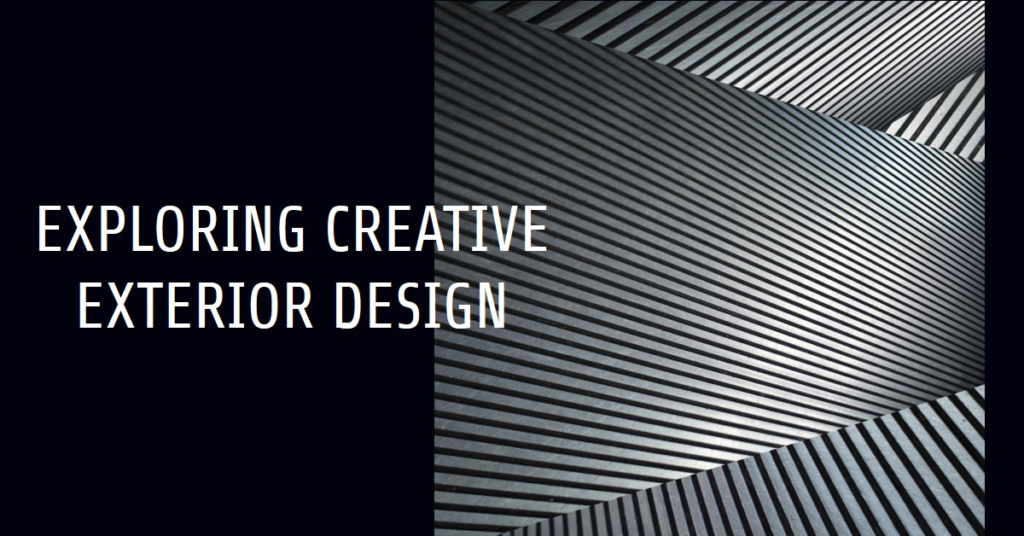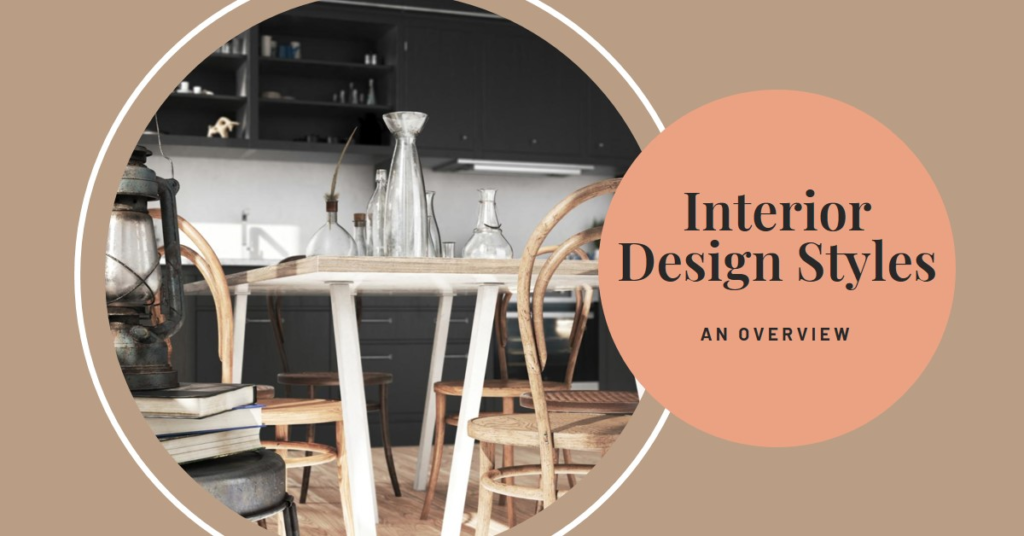
Table of Contents
- Introduction:
- The Power of Color: Bold Choices and Subtle Shades
- Material Matters: Combining Tradition with Innovation
- The Art of Landscaping: Nature’s Complement
- Windows and Doors: Framing the View
- Roof Design: Beyond the Basics
- Sustainable Design: Eco-Friendly Exteriors
- Texture and Pattern: Adding Visual Interest
- Lighting: Highlighting the Beauty
- Personal Touches: Reflecting Individuality
- Conclusion:
Introduction:
When it comes to designing a home, the exterior is the first impression visitors and passersby will have. It sets the tone for what lies within and reflects the personality and tastes of the occupants. In this blog post, we will explore a variety of creative exterior design concepts that can transform any home into a stunning masterpiece. From innovative materials to dynamic landscaping, we will cover everything you need to know to create an exterior that not only stands out but also adds value and charm to your property.
The Power of Color: Bold Choices and Subtle Shades
Color plays a crucial role in exterior design. It can dramatically alter the perception of a building, making it appear larger, cozier, or more modern. One current trend is the use of bold, vibrant colors to create eye-catching facades. Think deep blues, striking reds, and sunny yellows that make a statement and evoke emotions.
However, subtle shades should not be overlooked. Muted pastels and neutral tones can create a serene and sophisticated look. Pairing these with contrasting trims or accents can add depth and interest without overwhelming the senses. When choosing colors, consider the surrounding environment and how the hues will interact with natural light throughout the day.
Material Matters: Combining Tradition with Innovation
The choice of materials can define the character and durability of a home. Traditional materials like brick, stone, and wood have long been favorites for their timeless appeal and resilience. These materials can be used in innovative ways to create unique textures and patterns that add visual interest to any facade.
In contrast, modern materials such as metal, glass, and composite panels offer sleek and contemporary options. These materials can be combined with traditional ones to create a harmonious blend of old and new. For instance, a stone-clad base with a glass upper story can offer both solidity and transparency, creating a dynamic visual effect.
The Art of Landscaping: Nature’s Complement
Landscaping is more than just a finishing touch; it is an integral part of exterior design. Thoughtfully planned gardens, pathways, and outdoor living spaces can enhance the overall aesthetic and functionality of a home. Using native plants and sustainable landscaping practices can create a beautiful and eco-friendly exterior.
Consider the use of vertical gardens, which not only save space but also add a lush, green element to walls and fences. Water features, such as ponds or fountains, can introduce a calming presence and serve as focal points. Incorporating outdoor lighting can highlight these features and extend the usability of outdoor spaces into the evening.
Windows and Doors: Framing the View
Windows and doors are key elements in exterior design, offering both functional and aesthetic benefits. Large, strategically placed windows can maximize natural light and frame picturesque views, creating a seamless connection between indoors and outdoors. Consider the use of unique window shapes and sizes to add character and distinction.
Doors, particularly entry doors, serve as the gateway to your home. Choosing a distinctive front door with interesting details, such as glass inserts or bold colors, can make a strong first impression. Don’t forget the hardware; stylish handles and knockers can add a touch of elegance or whimsy.
Roof Design: Beyond the Basics
Roof design is often overlooked but can significantly impact the overall look of a home. From traditional pitched roofs to modern flat designs, the shape and material of the roof can complement the architectural style of the house. Consider using unconventional materials like copper or green roofs covered with vegetation for added visual interest and environmental benefits.
Additionally, roof overhangs and eaves can provide practical benefits such as shading windows and protecting the facade from the elements. Incorporating dormers or skylights can add character and bring additional natural light into the interior spaces.
Sustainable Design: Eco-Friendly Exteriors
Sustainability is a growing trend in exterior design, with homeowners seeking ways to reduce their environmental impact. This can be achieved through the use of sustainable materials, energy-efficient systems, and innovative design practices. Consider using reclaimed wood, recycled metal, or sustainable concrete for the construction and finishes of your home.
Solar panels and green roofs are excellent additions that promote energy efficiency and environmental sustainability. Rainwater harvesting systems can be integrated into the design to reduce water consumption and manage runoff. By prioritizing sustainability, you not only create a healthier living environment but also contribute to the well-being of the planet.


Texture and Pattern: Adding Visual Interest
Texture and pattern are essential elements that can add depth and dimension to an exterior. Brickwork, stone veneers, and wooden cladding can be arranged in various patterns to create a unique visual effect. Consider herringbone, chevron, or basketweave patterns to add a touch of sophistication and intrigue.
Stucco and plaster finishes can also be textured to create a rustic or modern look. Combining different textures, such as smooth glass with rough stone, can create a striking contrast that enhances the overall aesthetic of the home. Don’t be afraid to experiment with patterns and textures to find a combination that suits your style.
Lighting: Highlighting the Beauty
Exterior lighting is crucial for both aesthetics and safety. It can accentuate architectural features, illuminate pathways, and create a welcoming ambiance. Consider a mix of lighting options, such as wall sconces, landscape lights, and overhead fixtures, to create a balanced and functional lighting scheme.
Use lighting to highlight key elements of your exterior, such as the front door, architectural details, or landscaping features. Solar-powered lights are a sustainable option that can reduce energy consumption while providing ample illumination. Smart lighting systems can also be integrated to control the intensity and timing of the lights, enhancing convenience and security.
Personal Touches: Reflecting Individuality
Finally, adding personal touches can make your exterior truly unique. This could be through custom-built features, such as a distinctive front gate, bespoke mailboxes, or personalized house numbers. Outdoor art, such as sculptures or murals, can add a creative flair and reflect your personality and interests.
Consider incorporating elements that tell a story or have sentimental value. Antique fixtures, family heirlooms, or travel souvenirs can be creatively integrated into the exterior design. These personal touches not only enhance the visual appeal but also create a sense of connection and pride in your home.
Conclusion:
Exploring creative exterior design concepts offers endless possibilities for transforming a home into a visually stunning and functional space. From bold color choices and innovative materials to sustainable practices and personal touches, each element plays a crucial role in defining the character and appeal of your home. By thoughtfully considering these aspects, you can create an exterior that not only stands out but also reflects your unique style and values.


